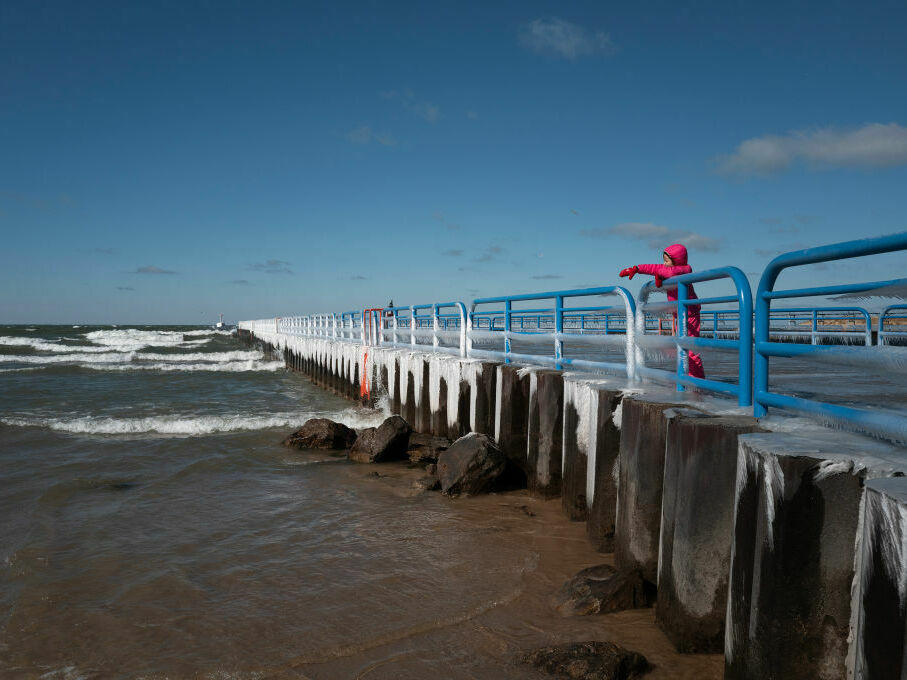Section Branding
Header Content
U.S. has warmest winter on record – and no, that's not a good thing
Primary Content
In Minnesota, a lack of cold shutdown youth hockey games this winter. Ice cover on the Great Lakes was at historic lows in February. Snow cover disappeared on ski trails in Vermont. Texas saw the largest wildfire in state history, driven by heat and low humidity.
The lower 48 states just had the warmest winter in 130 years of record-keeping, according to the National Oceanic and Atmospheric Administration. Temperatures were more than 5 degrees Fahrenheit hotter than average.
Winters are warming faster than any other season in most of the U.S. As humans add heat-trapping gasses to the atmosphere, the coldest places and coldest temperatures are being affected the most, having profound implications for food and water supplies.
From December to February, the biggest temperature effects were in the Upper Midwest, Great Lakes and Northeast. In February, Alaska was 5.5 degrees Fahrenheit warmer than average. It was also the hottest February on record globally, according to the European Union climate agency Copernicus.
The continuing warm temperatures come on the heels of a record year in 2023. Scientists found it was the hottest year recorded, driven by both human-caused warming and a strong El Niño climate pattern. During El Niño years, large amounts of heat stored in the ocean are released and circulated around the planet, causing hotter temperatures and shifts in weather patterns, like flooding in some locations and droughts in others.
While warmer winter temperatures may sound like a welcome change to some, the impacts can be far-reaching. Mosquitoes can appear earlier in the spring, increasing the chances they'll spread vector-borne diseases like dengue. Many crops, like fruit and nut trees, require a certain amount of cold every winter, known as "chill hours." Without that, they produce less during the summer months.
In the Western U.S., snowpack is shrinking, hurting the water supply for millions of people. States from Colorado to California depend on the slow melt of mountain snow during the spring and summer to feed the rivers they rely on. More precipitation is falling as rain instead of snow, increasing the risk of flooding the winter as rivers get overwhelmed.
Correction
A previous version of this story stated that it was 10.3 degrees Fahrenheit above average in Alaska in February. It was 5.5 degrees above average.
Bottom Content




